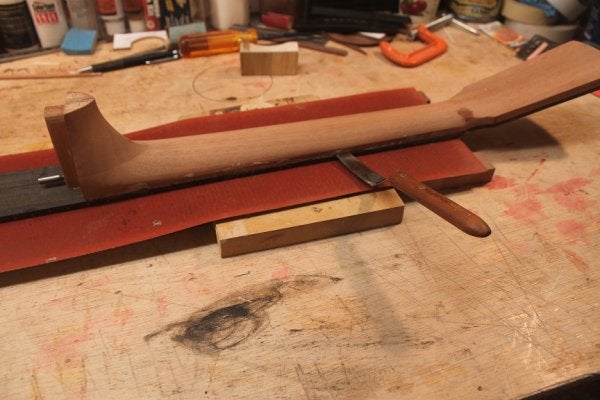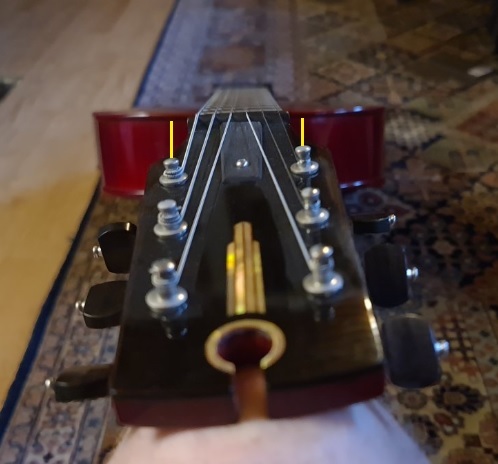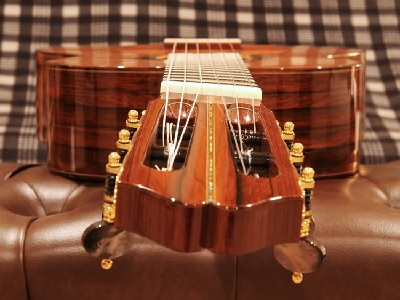Funkytowne
TDPRI Member
This is my first time posting on this forum, I’ve been a lurker for a couple of years.
So my question is to you luthier types, do you have a remedy for a maple neck with a slight twist in it. I’m a long time woodworker with pretty wide experience, I have plenty of resources, so I can do most anything in the range of suggestions.
Thanks for your consideration,
JC
So my question is to you luthier types, do you have a remedy for a maple neck with a slight twist in it. I’m a long time woodworker with pretty wide experience, I have plenty of resources, so I can do most anything in the range of suggestions.
Thanks for your consideration,
JC





